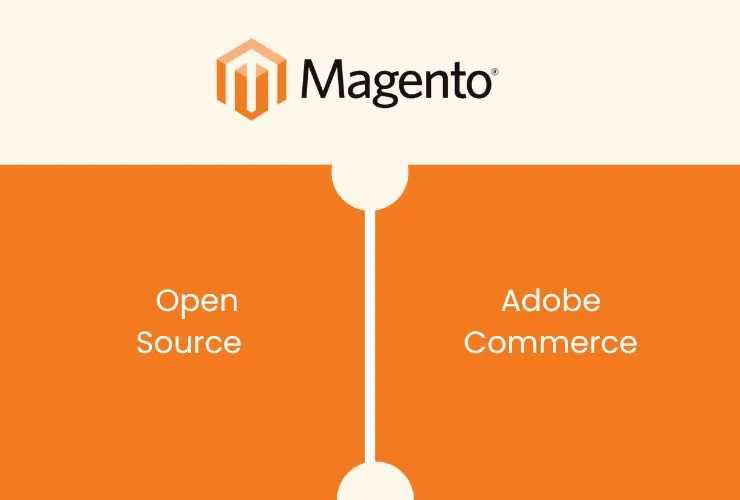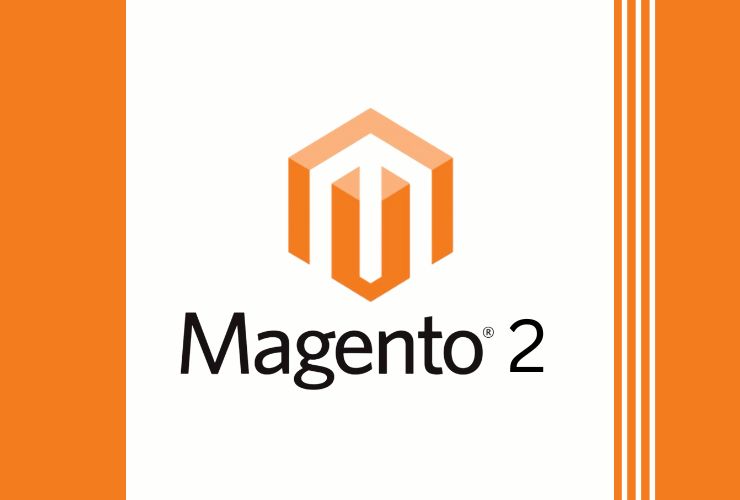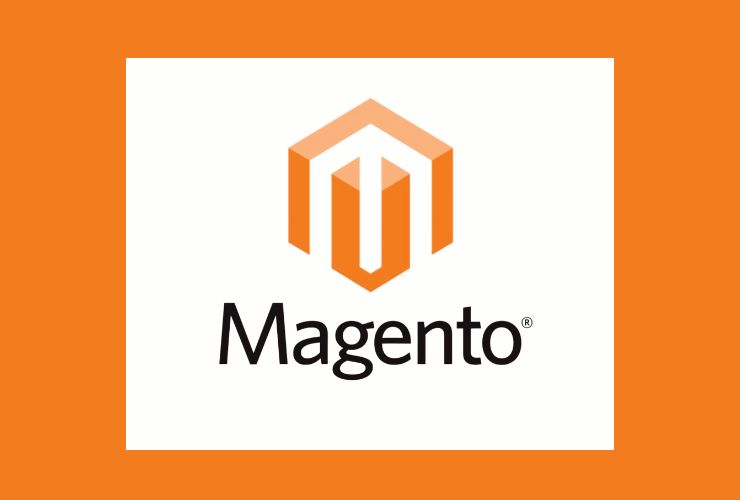Magento is one of the most extensive and widely used e-commerce platforms currently employed. Two top versions are available in their hands, and businesses can utilize either Magento Open Source (formerly known as Community Edition) or Adobe Commerce (formerly known as Magento Commerce or Enterprise Edition). Both versions possess unique features based on different companies’ needs. Whereas Magento Open Source is an economical and flexible solution for small to medium-sized businesses, Adobe Commerce is a premium, scalable solution for large businesses requiring premium functionalities and expert support.
Choosing either of these two variants is determined by factors like cost, scalability, level of customization, and business goals. Here, we’ll highlight their differences, benefits, and best usage scenarios to help you decide which one is best suited for your eCommerce business.
Magento Open Source: A Cost-Saving and Agile Solution
Magento Open Source is the open-source version of Magento, offering a highly flexible and developer-oriented platform for companies who wish to have full control over their eCommerce website. Because it is open-source, companies can make changes to the code, add third-party extensions, and create a custom shopping experience that suits their requirements.
Major Features of Magento Open Source
One of the most appealing features of Magento Open Source is its flexibility. It enables companies to build an online store with no licensing costs but still with strong features. Some of its major advantages are:
- A modular structure that supports extensive customization.
- A large community of developers and contributors providing continuous support.
- Thousands of free and paid extensions to extend functionality.
- Scalability to support business growth, albeit more optimizations may need to be added.
- Self-deployment, where businesses have total control of their infrastructure and security.
Best Uses for Magento Open Source
Magento Open Source best suits:
- New startups and small to mid-size businesses needing a cost-efficient but powerful eCommerce platform.
- Businesses that need complete control of their website’s development, customization, and integrations.
- Companies that do not require sophisticated features like AI-powered product suggestions, integrated customer loyalty programs, or sophisticated security features.
- Though Magento Open Source offers a solid base for an eCommerce website, companies need to spend money on web hosting, security, and other development activities to maximize their site.
Adobe Commerce: A Scalable and Enterprise-Grade Solution
Adobe Commerce is the high-end version of Magento with a comprehensive set of features tailored to mid-to-large businesses that have sophisticated eCommerce requirements. In contrast to Magento Open Source, Adobe Commerce has added features like cloud hosting, superior analytics, AI-powered personalization, and 24/7 tech support.
Main Features of Adobe Commerce
Adobe Commerce is meant for businesses that need high performance, scalability, and enhanced security. Some of its key features are:
- Cloud-hosting using Adobe Commerce Cloud for high availability, automatic scaling, and increased security.
- AI-based product recommendations and advanced analytics for optimizing sales and marketing initiatives.
- B2B features like corporate account management, custom pricing, and bulk order capabilities.
- Support for multi-stores and multiple languages, providing a perfect choice for international business.
- Strong security features like PCI compliance, deep encryption, and in-built fraud protection.
- 24/7 Adobe-specific support to make operations seamless and technical issues addressed promptly.
Ideal Use Cases for Adobe Commerce
Adobe Commerce finds its best fit in:
- Big businesses and developing eCommerce companies that process large numbers of transactions.
- Companies with need for complex B2B capabilities like multi-level pricing, batch ordering, and corporate account management.
- Organizations seeking a cloud-managed setup to deal with heavy traffic and complex operations.
- Brands that require AI-powered analytics and customized customer experiences to drive maximum conversions.
- While Adobe Commerce provides advanced features, it is more expensive in terms of licensing and operational costs. Yet, for companies that need an enterprise-grade solution, the cost is usually offset by the capabilities of the platform.
Magento Open Source vs Adobe Commerce: A Direct Comparison
To make the decision-making process easier, here’s a side-by-side comparison of both Magento Open Source and Adobe Commerce:
| Feature | Magento Open Source | Adobe Commerce |
|---|---|---|
| Cost | Free (no licensing fees) | Paid (license required) |
| Hosting | Self-hosted | Adobe Cloud (managed hosting) |
| Customization | Fully customizable | Customizable with enterprise features |
| B2B Capabilities | Limited | Advanced B2B features available |
| Multi-Store Support | Yes, but requires more configuration | Fully integrated with multi-store features |
| Security Features | Basic security (requires manual updates) | Advanced security, PCI compliance, fraud detection |
| AI and Analytics | Basic reporting | AI-driven insights, business intelligence tools |
| Support | Community support | 24/7 Adobe technical support |
| Best For | Small to medium businesses | Large enterprises and global brands |
Which One Should You Choose?
When deciding between Magento Open Source and Adobe Commerce, keep the following in mind:
Budget – If you operate on a tight budget, Magento Open Source is a cost-free, flexible option. That being said, if you require enterprise-class features and are willing to pay licensing costs, Adobe Commerce is the preferred option.
Scalability – In case you foresee business expansion at a fast pace, Adobe Commerce has inbuilt scalability and performance tuning. Magento Open Source needs to be customized and optimized for hosting to scale.
Feature Requirements – If your company needs B2B features, AI-based personalization, or complex analytics, Adobe Commerce is the correct choice. If your requirements are simple and can be addressed through extensions, Magento Open Source is suitable.
Support & Security – Adobe Commerce provides 24/7 expert support and security features. Security and updates have to be handled manually in Magento Open Source, and more dependency on developers results.
For companies with low to mid-range budgets, Magento Open Source is a good option that offers flexibility and control. Alternatively, companies with high performance, scalability, and sophisticated features needs to use Adobe Commerce.
Conclusion
Magento Open Source and Adobe Commerce are both robust eCommerce solutions, yet it comes down to your business needs. If you are a small or startup company looking for an economical, adaptable platform, Magento Open Source is ideal. However, if you need a feature-packed, scalable solution with enterprise-level support, Adobe Commerce is best.
Prior to making a decision, take into account your budget, business goals, and scalability needs. If professional guidance is required in choosing and deploying the right Magento solution, you may hire a credible Magento development agency to assist you in obtaining an effortless and effective eCommerce installation.














